Sustainable Development Goal 4
With the adoption of the Sustainable Development Goals (SDGs), the UIS has been clearly recognised as the “the official source of cross-nationally comparable data on education”, as confirmed in the Education 2030 Framework for Action.
